Take A Virtual Tour Of NASA
Take a Virtual Tour of NASA
Welcome to NASA! Today, we’re taking you behind-the-scenes for a virtual tour looking at our cutting-edge work and humanity’s destiny in deep space!

Starting at 1:30 p.m., we will host a series of Facebook Live events from each of our 10 field centers across the country. Take a look at where we’ll be taking you…
Glenn Research Center 1:30 p.m. EDT

Our Glenn Research Center in Cleveland, OH will host a tour of its Electric Propulsion Lab. This lab is where we test solar propulsion technologies that are critical to powering spacecraft for our deep-space missions. The Electric Propulsion Laboratory houses two huge vacuum chambers that simulate the space environment.
Marshall Space Flight Center 1:50 p.m. EDT

Our Marshall Space Flight Center in Huntsville, AL will host a tour from a Marshall test stand where structural loads testing is performed on parts of our Space Launch System rocket. Once built, this will be the world’s most powerful rocket and will launch humans farther into space than ever before.
Stennis Space Center 2:10 p.m. EDT

Our Stennis Space Center in Bay St. Louis, MS will take viewers on a tour of their test stands to learn about rocket engine testing from their Test Control Center.
Armstrong Flight Research Center 2:30 p.m. EDT

Our Armstrong Flight Research Center in Edwards, CA will host a tour from their aircraft hangar and Simulator Lab where viewers can learn about our X-Planes program. What’s an X-Plane? They are a variety of flight demonstration vehicles that are used to test advanced technologies and revolutionary designs.
Johnson Space Center 2:50 p.m. EDT

Our Johnson Space Center in Houston, TX will take viewers on a virtual exploration trip through the mockups of the International Space Station and inside our deep-space exploration vehicle, the Orion spacecraft!
Ames Research Center 3:10 p.m. EDT

Our Ames Research Center in California’s Silicon Valley will bring viewers into its Arc Jet Facility, a plasma wind tunnel used to simulate the extreme heat of spacecraft atmospheric entry.
Kennedy Space Center 3:30 p.m. EDT

Our Kennedy Space Center in Florida will bring viewers inside the Vehicle Assembly Building to learn about how we’re preparing for the first launch of America’s next big rocket, the Space Launch System (SLS) rocket.
Langley Research Center 3:50 p.m. EDT

Our Langley Research Center in Hampton, Virginia will bring viewers inside its 14-by-22-foot wind tunnel, where aerodynamic projects are tested.
Goddard Space Flight Center 4:10 p.m. EDT

Our Goddard Space Flight Center in Greenbelt, MD will discuss the upcoming United States total solar eclipse and host its tour from the Space Weather Lab, a large multi-screen room where data from the sun is analyzed and studied.
Jet Propulsion Laboratory 4:30 p.m. EDT

Our Jet Propulsion Laboratory in Pasadena, CA will bring viewers to the Spacecraft Assembly Facility to learn about robotic exploration of the solar system.
So, make sure to join us for all or part of our virtual tour today, starting at 1:30 p.m. EDT! Discover more about the work we’re doing at NASA and be sure to ask your questions in the comment section of each Facebook Live event!
Additional details and viewing information available HERE.
Make sure to follow us on Tumblr for your regular dose of space: http://nasa.tumblr.com
More Posts from Engineeringtrivia-blog and Others


Pumping air through a bed of sand can make the grains behave just like a liquid. This process is called fluidization. Air introduced at the bottom of the bed forces its way upward through the sand grains. With a high flow rate, the space between sand grains gets larger, eventually reaching a point where the aerodynamic forces on a grain of sand equal gravitational forces. At this point the sand grains are essentially suspended in the air flow and behave like a fluid themselves. Light, buoyant objects – like the red ball above – can float in the fluidized sand; heavier, denser objects will sink. Fluidization has many useful properties – like good mixing and large surface contact between solid and fluid phases – that make it popular in industrial applications. For a similar (but potentially less playful) process, check out soil liquefaction. (Image credits: R. Cheng, source; via Gizmodo; submitted by Justin)

The United Engineering Center, 345 E. 47th Street, New York City, was headquarters to the major engineering United States engineering societies (ASCE, AIME, ASME, IEEE, AIChE and the UEF) from 1960 to 1997. In 1997, the building was sold to Donald Trump and demolished in 1998 to make room for the Trump World Tower, a 72 floor residential tower.

charles babbage: father of the computer (1970)
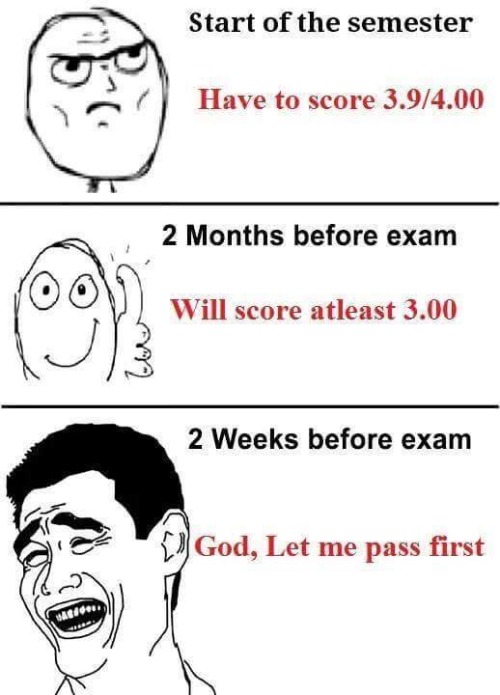
The three stages before an exam. 😂









Gravitational Waves Win 2017 Nobel Prize In Physics, The Ultimate Fusion Of Theory And Experiment
“The 2017 Nobel Prize in Physics may have gone to three individuals who made an outstanding contribution to the scientific enterprise, but it’s a story about so much more than that. It’s about all the men and women over more than 100 years who’ve contributed, theoretically and experimentally and observationally, to our understanding of the precise workings of the Universe. Science is much more than a method; it’s the accumulated knowledge of the entire human enterprise, gathered and synthesized together for the betterment of everyone. While the most prestigious award has now gone to gravitational waves, the science of this phenomenon is only in its earliest stages. The best is yet to come.”
It’s official at long last: the 2017 Nobel Prize in Physics has been awarded to three individuals most responsible for the development and eventual direct detection of gravitational waves. Congratulations to Rainer Weiss, Kip Thorne, and Barry Barish, whose respective contributions to the experimental setup of gravitational wave detectors, theoretical predictions about which astrophysical events produce which signals, and the design-and-building of the modern LIGO interferometers helped make it all possible. The story of directly detecting gravitational waves is so much more, however, than the story of just these three individuals, or even than the story of their collaborators. Instead, it’s the ultimate culmination of a century of theoretical, experimental, and instrumentational work, dating back to Einstein himself. It’s a story that includes physics titans Howard Robertson, Richard Feynman, and Joseph Weber. It includes Russell Hulse and Joseph Taylor, who won a Nobel decades earlier for the indirect detection of gravitational waves. And it’s the story of over 1,000 men and women who contributed to LIGO and VIRGO, bringing us into the era of gravitational wave astronomy.
The 2017 Nobel Prize in Physics may only go to three individuals, but it’s the ultimate fusion of theory and experiment. And yes, the best is yet to come!
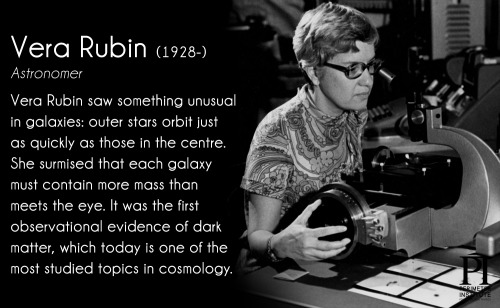
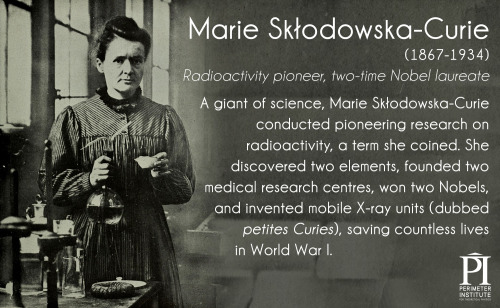
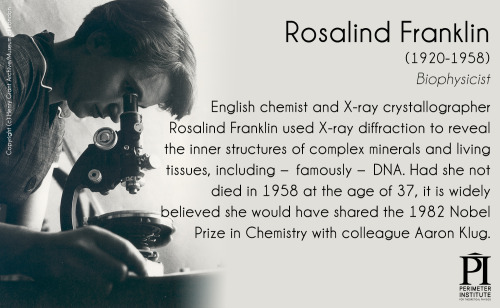

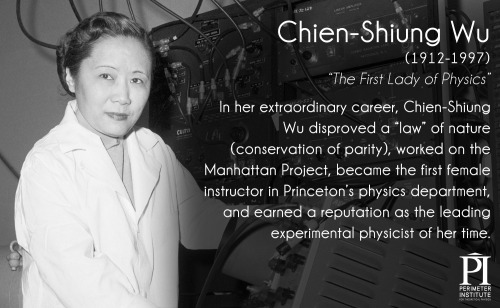
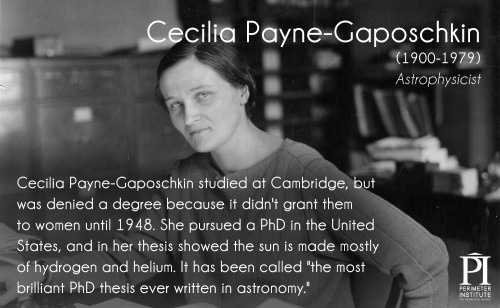
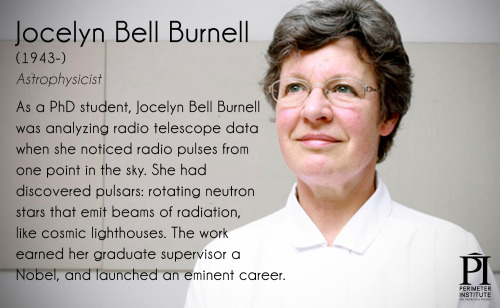
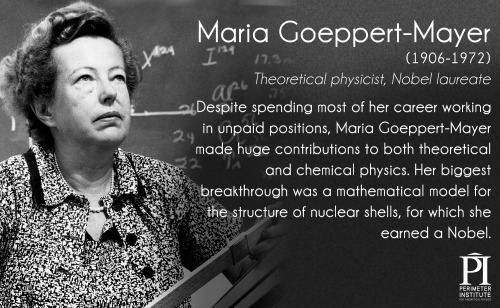
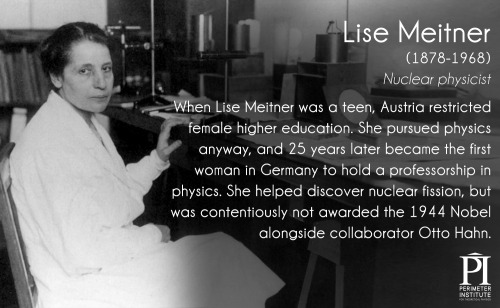
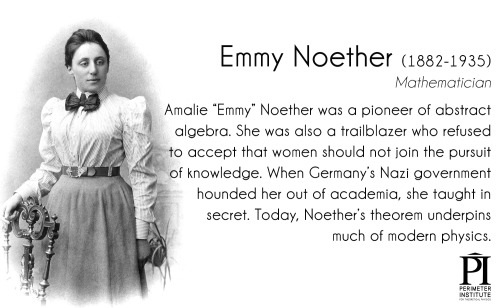
These 17 Women Changed The Face Of Physics
Click through to read the rest.
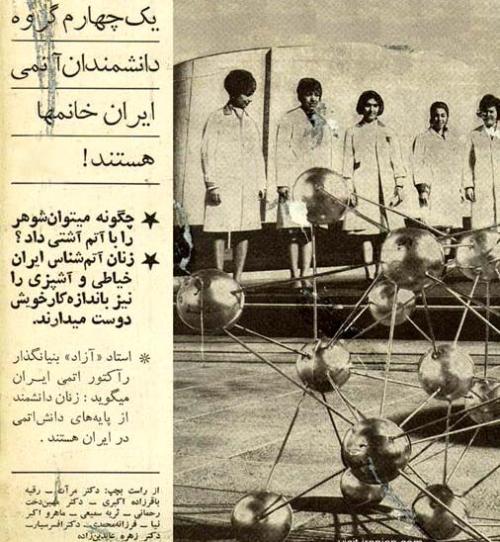
Iranian newspaper clip, 1968 which reads: “A quarter of Iran’s Nuclear Energy scientists are women.” The picture shows five female Iranian PhDs posing in front of Tehran’s research reactor.


F1 is more than just racing, it is an engineering battle. In this gif you can see the absolute control of wing tip vortices generated from the front wing. This is just an example to show the extreme aerodynamics that these vehicles are engineered for.
Have a great day!
* What are wing tip vortices ?
** Smoke angels and wing tip vortices

Titanic’s massive engines before install at Harland and Wolff. Standing nearly 3 stories tall, and it’s not even fully assembled yet. Man on right for scale.
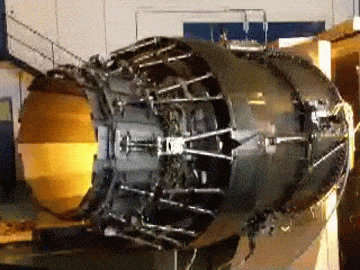
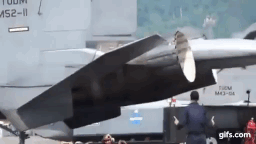
When you are in the combat zone, agility of a fighter jet is of utmost importance. But as an engineer, if you have already fiddled around with the wing structure your next option would be to fiddle around with the direction of the thrust.
Thrust Vectoring
Thrust vectoring is primarily used for directional control in rockets and jets. And one achieves this by manipulating the direction of thrust .

This generates the necessary moments (and forces) that enable the directional control of the aircraft.

An aircraft traditionally has three “degrees of freedom” in aerodynamic maneuverability; pitch, yaw and roll. **
The number of “dimensions” of thrust vectoring relates directly to how many degrees of freedom can be manipulated using only the vectored engine thrust.
Therefore, 2D vectoring allows control over two degrees of freedom (typically pitch plus either roll or yaw) while 3D controls all three.
Lockheed Martin F35B
The F-35B short takeoff/vertical landing (STOVL) variant is the world’s first supersonic STOVL stealth aircraft.

It achieves STOVL by swiveling its engine 90 degrees and directing its thrust downward during take off/lvertical landing mode.

In the following gif you can witness the transition from a 90 degree tilted engine towards a forward thrust engine during flying.
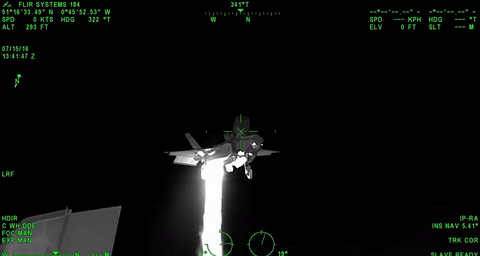
Unlike other variants of the Lockheed Martin F-35 the F-35B has no landing hook. And as a result, witnessing its landing is rather pretty special.

But nevertheless, this is one of those posts which addresses a topic that has been a gold mine for research. If this sort of thing fascinated you, there have been a lot of research conducted by NASA do check them out.
Have a great day!
*Rockets - How to turn during flight ?
** Aviation 101 : Pitch Roll and Yaw
-
 slowlyteenagestarlight liked this · 5 years ago
slowlyteenagestarlight liked this · 5 years ago -
 somefishdood liked this · 5 years ago
somefishdood liked this · 5 years ago -
 midnightglow liked this · 5 years ago
midnightglow liked this · 5 years ago -
 colin-friesen liked this · 6 years ago
colin-friesen liked this · 6 years ago -
 jeebreezy reblogged this · 6 years ago
jeebreezy reblogged this · 6 years ago -
 vdittany liked this · 6 years ago
vdittany liked this · 6 years ago -
 khlius-blog liked this · 6 years ago
khlius-blog liked this · 6 years ago -
 differentharmonyconnoisseurimaks liked this · 6 years ago
differentharmonyconnoisseurimaks liked this · 6 years ago -
 falldonut liked this · 7 years ago
falldonut liked this · 7 years ago -
 victorthornton56 liked this · 7 years ago
victorthornton56 liked this · 7 years ago -
 real-estate-virtual-tours-blog reblogged this · 7 years ago
real-estate-virtual-tours-blog reblogged this · 7 years ago -
 luizain liked this · 7 years ago
luizain liked this · 7 years ago -
 engineeringtrivia-blog reblogged this · 7 years ago
engineeringtrivia-blog reblogged this · 7 years ago -
 dailylifedoses reblogged this · 7 years ago
dailylifedoses reblogged this · 7 years ago -
 d33pw00dsworld liked this · 7 years ago
d33pw00dsworld liked this · 7 years ago -
 coiling1 liked this · 7 years ago
coiling1 liked this · 7 years ago -
 darthlenaplant reblogged this · 7 years ago
darthlenaplant reblogged this · 7 years ago -
 darthlenaplant liked this · 7 years ago
darthlenaplant liked this · 7 years ago